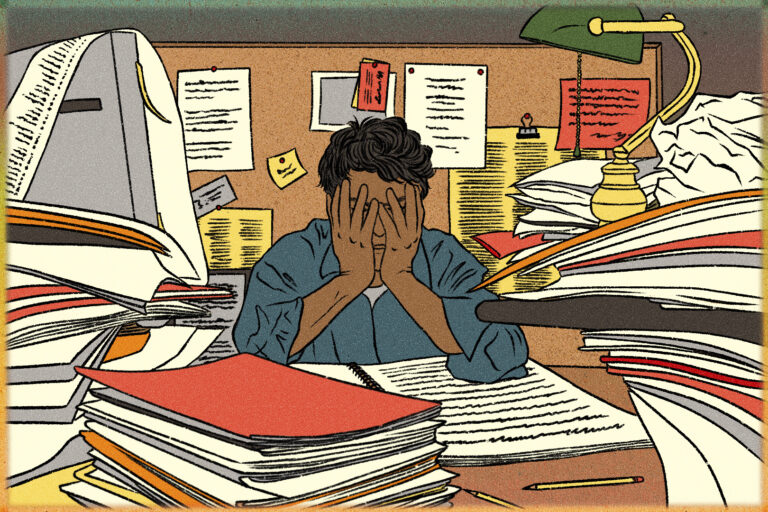
Some states saw higher increases in unemployment levels from February to April, according to new data released by the U.S. Bureau of Labor Statistics.
Massachusetts and Connecticut saw the highest jumps in unemployment percentage of all the states, with states like Ohio, Mississippi and Virginia not far behind.
Why It Matters
A substantial number of states saw their unemployment numbers tick up in April, signaling many states’ economies might show trouble ahead.
Nationwide, the unemployment rate remained unchanged at 4.2 percent last month, with more jobs noted in healthcare and warehousing. Meanwhile, federal government employment declined this month.
What To Know
Massachusetts and Connecticut experienced the highest unemployment percentage increase, both up 0.3 percentage points to 4.6 percent and 3.7 percent, respectively.
However, New Jersey, Delaware, Virginia, Ohio, Mississippi, Missouri, Iowa, Minnesota, Arizona and Oregon also had substantial upticks of 0.2 percent.
Michigan also had a 0.1 percent increase, reflecting the state’s manufacturing job losses.
“Michigan’s pain is automation’s gain,” Michael Ryan, a finance expert and the founder of MichaelRyanMoney.com, told Newsweek. “The state that built America’s middle class is watching robots replace assembly line workers. When 20 percent of your jobs depend on an auto industry that’s slashing human workers for silicon chips… Well, you’re not just facing unemployment, it’s more like extinction.”
Many rural states also saw an uptick due to the lack of industry remaining in these regions, Ryan added.
“Mississippi’s surge tells a different story of rural America getting left behind. Limited industry growth, persistent poverty, and a brain drain that’s bleeding talent. When your biggest employers are struggling with funding cuts, you’re losing jobs and hope,” Ryan said.

Bill Pugliano/Getty Images
What People Are Saying
Michael Ryan, a finance expert and the founder of MichaelRyanMoney.com, told Newsweek: “The job market has shifted from feast to famine. Hiring has slowed to a crawl, with companies taking longer to fill positions and job postings plummeting from post-pandemic peaks. I expect this to be the new normal.”
“We’re transitioning from an employer’s nightmare to a job seeker’s hellscape. Companies have regained leverage, and they’re using it ruthlessly.”
Kevin Thompson, the CEO of 9i Capital Group and the host of the 9innings podcast, told Newsweek: “The driving force continues to be the economics of the manufacturing base, specifically automotive. As these jobs continue to be outsourced and automated, people in these regions will need to be retrained so they can enter the job market in different capacities, which will reduce the unemployment rate.”
HR consultant Bryan Driscoll told Newsweek: “These increases reflect deeper cracks in a labor market that’s been running on fumes for months. We’re coming up on six months into Trump’s second term, and the impact is starting to show. Corporate deregulation, budget slashing, and worker-hostile policies hit individuals and communities hard. The job market is cooling fast, and the safety nets – such that there were any to begin with – are being further slashed or ignored.”
What Happens Next
Ryan said the labor market could change substantially in the next few months across all regions.
“Time for the great labor market reality check. All 4 Census regions will see unemployment rise as we enter below-trend growth,” Ryan said. “In my opinion, the West will get hammered hardest. With California, Nevada, and Washington leading the charge as professional services and tech hiring freezes.”




